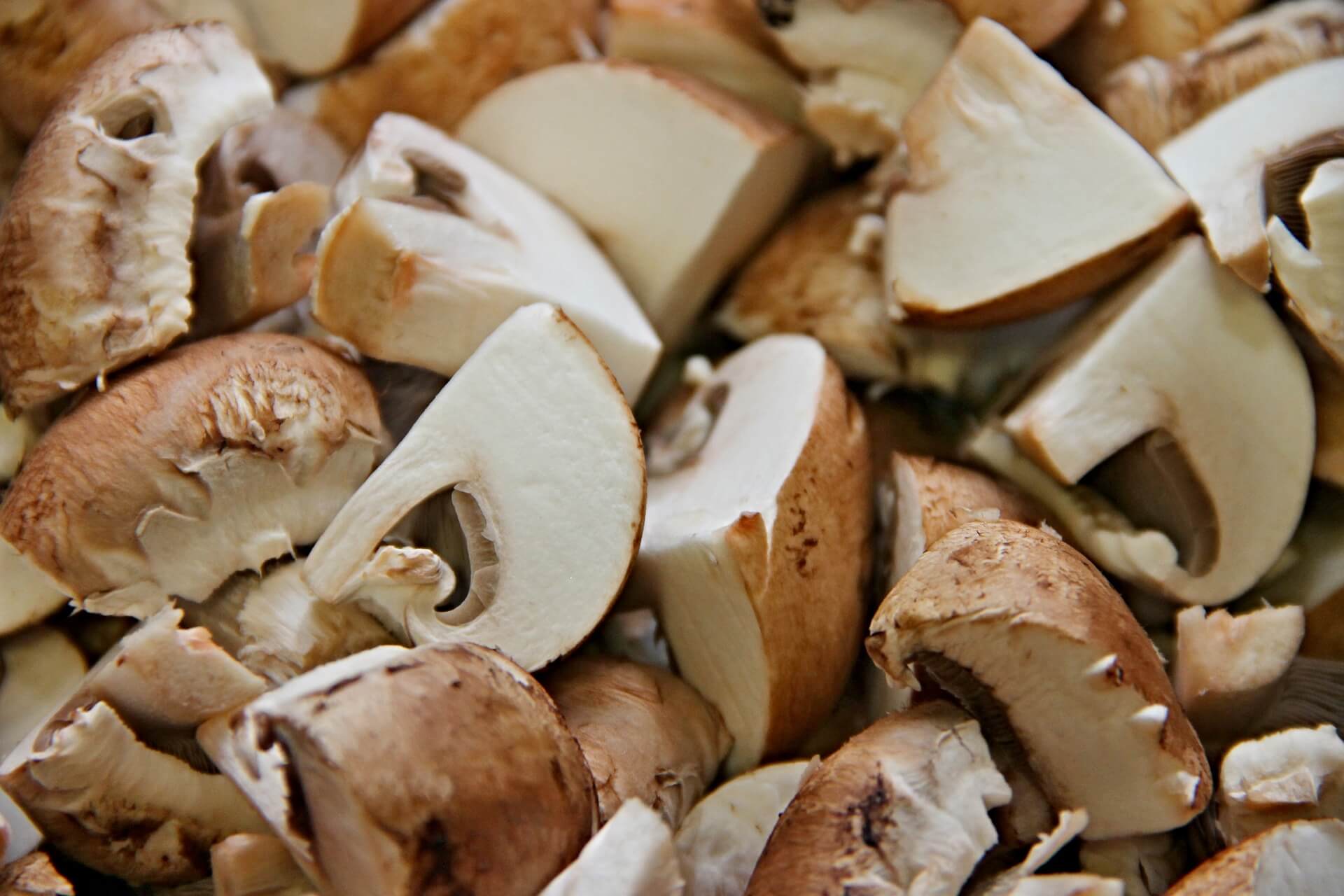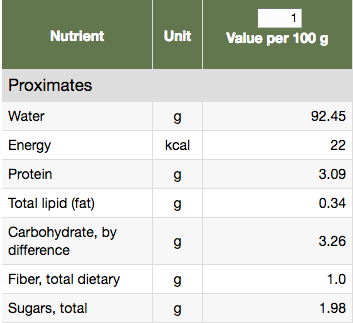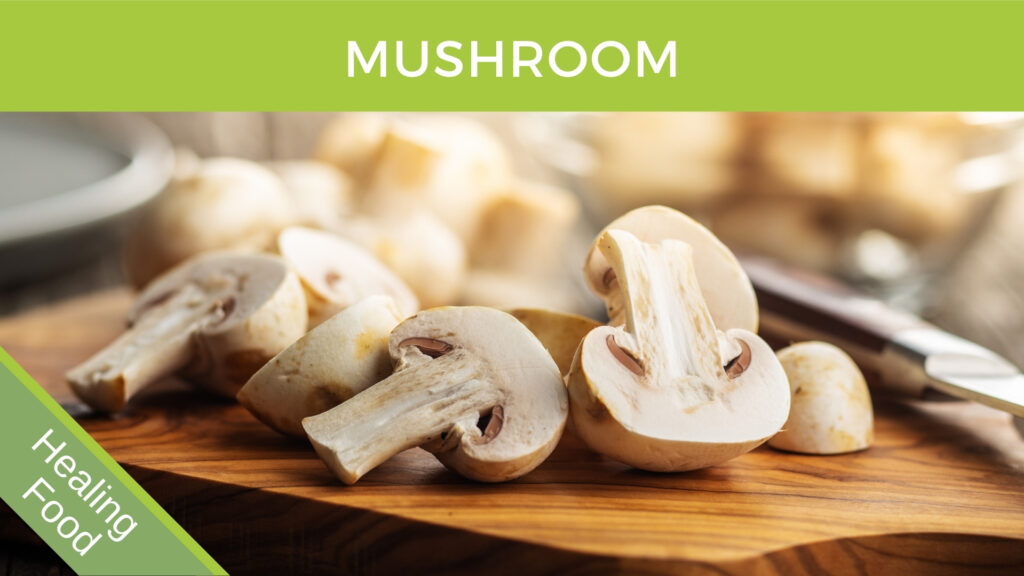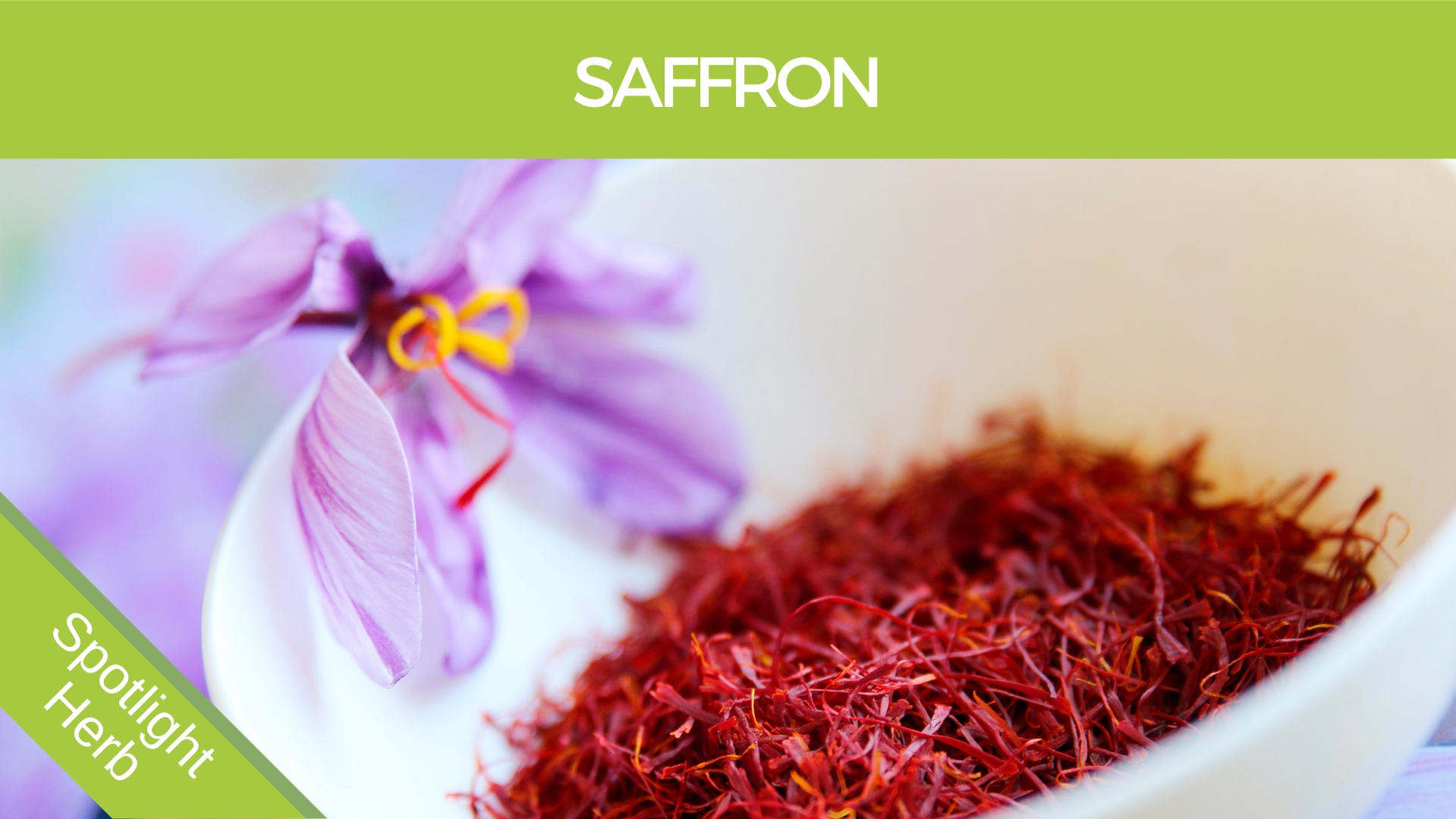- 3 years ago
- 3Minutes
- 851Words
- 635Views
Mushrooms (common white or brown)
You can’t beat the taste of good creamy mushroom soup in the winter to make you feel at home or fresh mushrooms in a salad in the summer. Edible mushrooms have uses beyond jazzing up your favorite recipe, they are known to have magical properties and have an ancient history of use as medicine.
(1) Immobilization of Lipase Inhibitor on the Biopolymers from Agaricus bisporus Cell Walls. PUBMED https://www.ncbi.nlm.nih.gov/pmc/articles/PMC5848205/
(2) A Retrospective Study in Adults with Metabolic Syndrome: Diabetic Risk Factor Response to Daily Consumption of Agaricus bisporus (White Button Mushrooms). PUBMED https://www.ncbi.nlm.nih.gov/pubmed/27193019
(3) White button mushroom (Agaricus bisporus) lowers blood glucose and cholesterol levels in diabetic and hypercholesterolemic rats. PUBMED https://www.ncbi.nlm.nih.gov/pubmed/20116660
(4) Immune Modulation From Five Major Mushrooms: Application to Integrative Oncology. PUBMED https://www.ncbi.nlm.nih.gov/pmc/articles/PMC4684115/
(5) Effects of mushroom-derived beta-glucan-rich polysaccharide extracts on nitric oxide production by bone marrow-derived macrophages and nuclear factor-kappaB transactivation in Caco-2 reporter cells: can effects be explained by structure? PUBMED https://www.ncbi.nlm.nih.gov/pubmed/19885842
(6) Effects of beta-glucans on the immune system. PUBMED https://www.ncbi.nlm.nih.gov/pubmed/17895634
(7) (7) Ganoderma lucidum (Reishi mushroom) for cancer treatment. PUBMED https://www.ncbi.nlm.nih.gov/pmc/articles/PMC6353236/
Weight loss
One of the methods for curing obesity is the inclusion of some substances with the anti-lipase (reducing fat-digesting enzymes) activity in the diet and thus reducing the uptake of fat components from food. Some existing dietary supplements that contain plant components can inhibit lipase action. Mushrooms provide these substances. (1)
Anti-inflammatory
One study of 37 adults concludes that white button mushrooms contain a variety of compounds with potential anti-inflammatory and antioxidant health benefits that can occur with frequent consumption over time in adults predisposed to Type 2 Diabetes. (2)

Immune Modulation
Mushrooms are reported to have antimicrobial, anti-inflammatory, cardiovascular-protective, antidiabetic, hepatoprotective, and anticancer properties. It is well-established that mushrooms are adept at immune modulation and affect hematopoietic stem cells, lymphocytes, macrophages, T cells, dendritic cells, and natural killer cells, all important parts of the immune system. (4)
Mushrooms are known for their immune-modulating and anti-tumor properties. The polysaccharide fraction, mainly beta-glucans, is responsible for the immune-modulating effects. Fungal beta-glucans have been shown to activate leukocytes, which depend on the structural characteristics of beta-glucans. (5)
Beta-glucans are naturally occurring polysaccharides. These glucose polymers are constituents of the cell wall of certain pathogenic bacteria and fungi. The healing and immunostimulating properties of mushrooms have been known for thousands of years in Eastern countries. These mushrooms contain biologically active polysaccharides that mostly belong to a group of beta-glucans. These substances increase host immune defense by activating the complement system, enhancing macrophages and natural killer cell function. (6)
Ganoderma mushroom is a natural medicine that is widely used and recommended by Asian physicians and naturopaths for its supporting effects on the immune system. Laboratory research and a handful of preclinical trials have suggested that G. lucidum carries promising anticancer and immunomodulatory properties. The popularity of taking G. lucidum as alternative medicine has been increasing in cancer patients. (7)
See my Suggested Immune Building Program Here
Blood sugar and Cholesterol
One study in rats showed a decrease in Total Cholesterol, LDL, cholesterol, and Triglyceride concentrations and was accompanied by a significant increase in plasma high-density lipoprotein (HDL) concentrations. It was concluded that common mushrooms had both hypoglycemic and hypolipidemic activity in rats, lowering both blood sugar and cholesterol. (3)
Basic Nutrients






